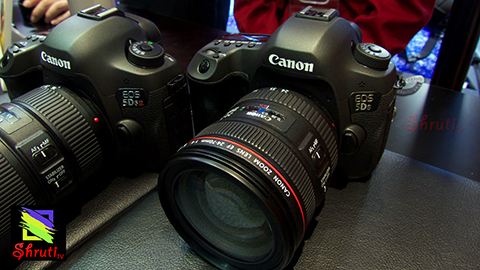
சந்தைக்கு வந்தது புதிய 50 மெகாபிக்சல் கேனான் 5Ds
50 megapixels is a lot of information, and it’s about to be available to 35mm-format digital photographers. The Canon 5DS and 5DS R represent such a significant jump in resolution for the format that even photographers who balked at high megapixel counts as insignificant to their images could be rethinking that position. With the amount of detail coming from these cameras comes the ability to make huge, mural-size gallery prints and crop images while still maintaining detail.
It means a wildlife photographer can photograph a bird in flight more easily with wider telephotos and crop the image, rather than trying to fill the frame using extremely long lenses. The new Canon 5DS R might turn more fine art photographers into full-frame DSLR converts, too. How these cameras compare to the already high-megapixel medium format DSLRs and large format film will be the topic of many discussions once the cameras get into the hands of photographers.
At the annual CP Plus Photo Show, in Yokohama, Japan, we were able to see and handle the two new 5D cameras. The longest line on the expo floor, by far, was for those waiting to get their hands on the new Canon 5DS and 5DS R, even during the “Premiere Time” two-hour preview for the press.
So, what was the most common question Canon being asked at the expo? “Why do I need 50 megapixels?”—the question that most photographers who don’t have unlimited budgets are thinking about right about now.
Canon’s booth at CP Plus addressed that question in a big way, with a huge rear-projection 4K screen. A well-rehearsed presenter, perfectly timed with the images on the impressively sharp screen, lifts his hands and a model’s face appeared on the screen, in stunning detail. One more wave of his arms and the image zoomed in to reveal even more fine detail, and that was the point: fine detail. As he repeated the process with wildlife images and food photography, the answer became clear—if you are a professional still photographer with an eye for the future of digital advertising and display, you will want 50 megapixels.
The amount of information in the image was incredible to see presented that way, and one couldn’t help but think that even an extreme crop of the image would still be impressively sharp and would have enough information for a large print or high-resolution screen.
The two cameras also include crop mode, down to an old favorite APS-H 1.3x crop and APS-C 1.6x crop. But the crop modes are only for stills, and are not available in video mode.
That brings up the question, “Who doesn’t need 50 megapixels?” Canon seems to have answered that one for us also. And the answer from Canon seems to be: video shooters. The long-time go-to camera for Full-Frame HDSLR video is the Canon 5D Mark III, and Canon is keeping that camera in the lineup. If one thing was missing from the Canon SLR counter at this year’s CP Plus, it was the lack of buzz surrounding video that has been the main talking point in previous years. At Canon’s CP+ 2015 booth, the focus was clearly on stills photography, and there was only one Canon C-Series Cinema Camera on display, rigged and on a tripod in a far corner.
Canon seems to be aiming squarely at the professional still photographer with these two new 5D bodies. Although you can still shoot Full HD internally with both cameras at the same frame rates, they don’t have a clean HDMI out signal and are missing the headphone jack, both of which the 5D Mark III has.
The other group probably not clambering for the 50MP sensor is the photographers who prefer larger pixel size over smaller pixels. Anyone like that out there? Yes, the 5D Mark III has decidedly larger pixels and performs better for high ISO shooters. But I suspect a lot of the photographers buying these new bodies spend most of their time shooting at ISO 100.
So, is this what some people call the “medium-format-killer?” It’s true that Canon SLRs have been making their way into more and more studio and high-production location shoots, and at 50 megapixels, it seems like these are the people Canon wants to impress.
To achieve the greatest possible sharpness and contrast for this target audience, Canon has produced the 5DS R body. This body still has sensor glass in the same places as the 5DS to maintain compatibility, but it negates the effect of the first low-pass filter by replacing what is normally a secondary low-pass filter with a low-pass-canceling filter. Much of the discussion at the Canon 5DS/5DSR counters at CP Plus was about this difference. In short, it’s for shots with post production, or nature photographers who want maximum sharpness of non-manmade scenes. When photographing manmade items with fixed pattern, there is a chance of moiré appearing in the image, but an expert digital tech can reduce those in post production. Some other manufacturers have introduced similar cameras, and for the extra sharpness and contrast, it can be worth it.
The Canon 5DS and 5DSR might have been the most talked-about news from CP Plus in Yokohama this year. We all knew the day would come when 50 megapixels could be packed into a small SLR, and now it’s official.


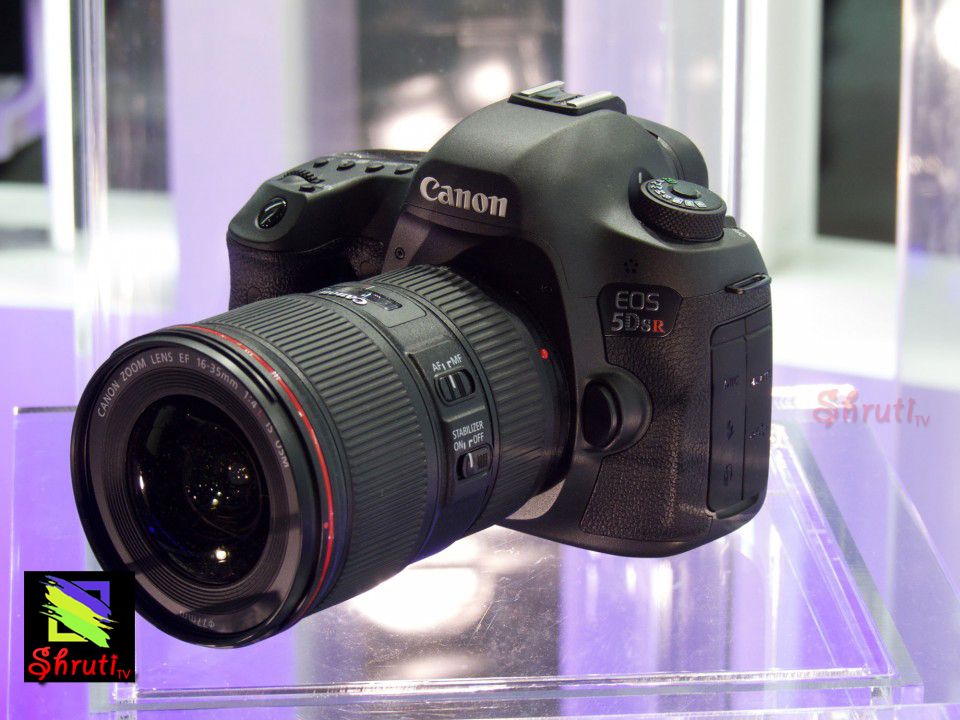
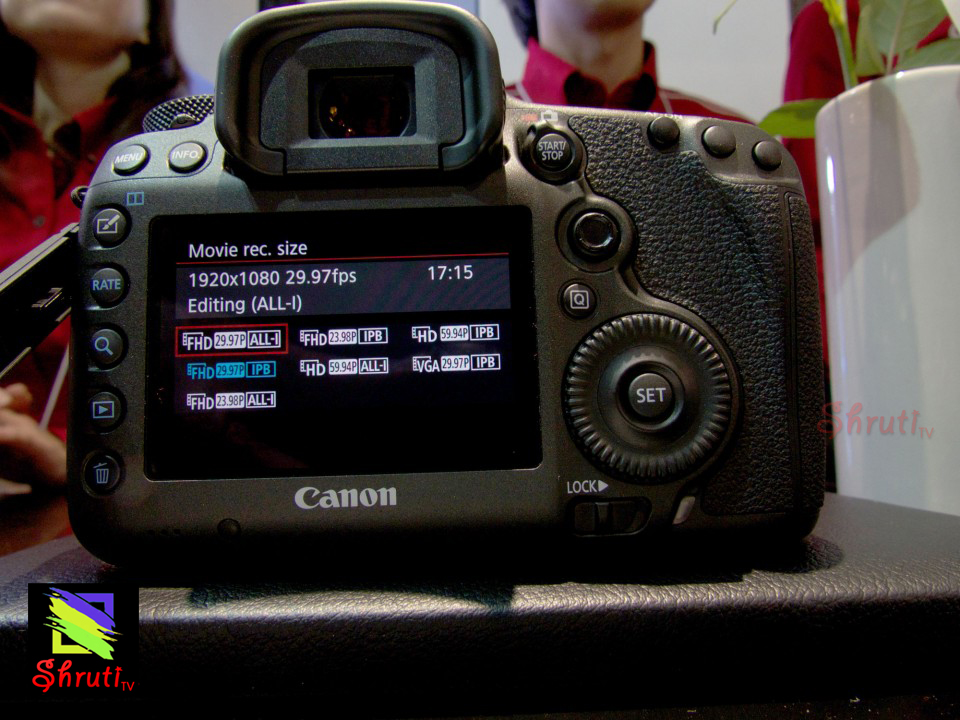




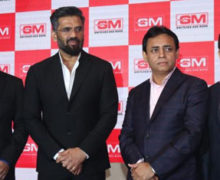
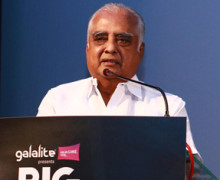







Social